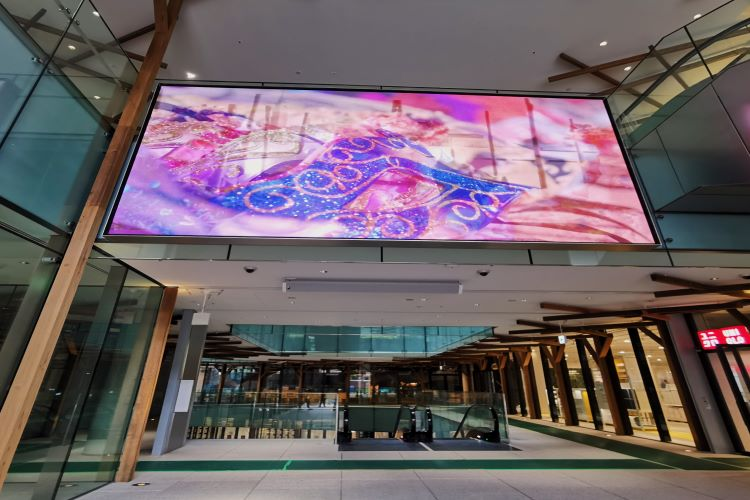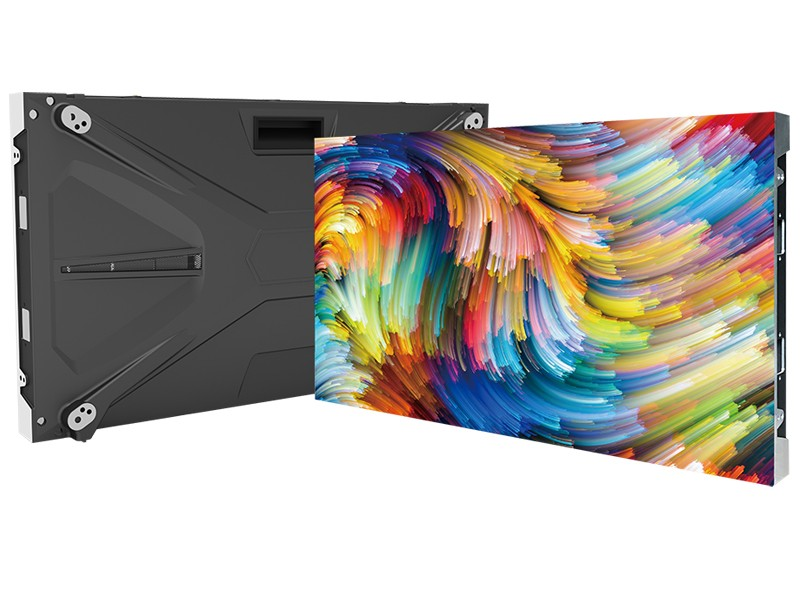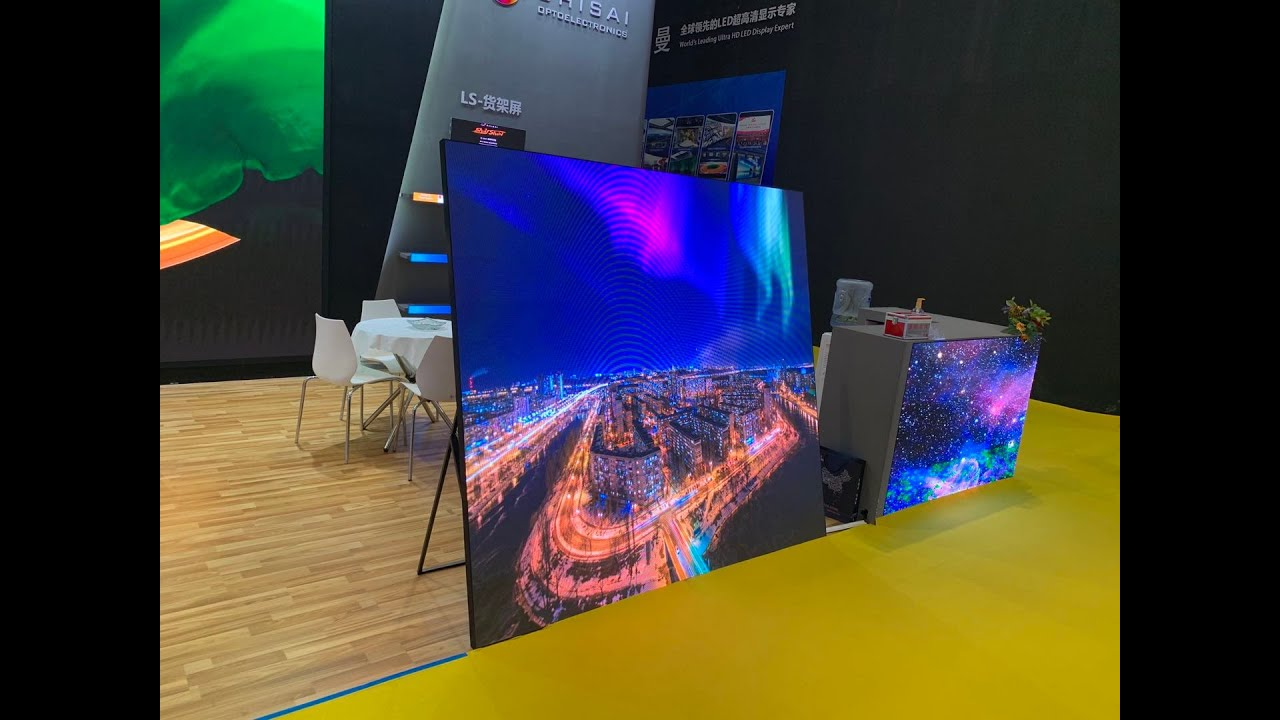This site uses cookies to improve your online experience, allow you to share content on social media, measure traffic to this website and display customised ads based on your browsing activity.Privacy Policy
Cracking the Brightness Code of LED Wall Displays
LED wall displays quickly become the industry standard for advertising, larger auditoriums, concerts, and other sizable form factors, partly due to the lighter weight and thinner capabilities. Still, it is also because they can produce the illumination and brightness needed to decipher text and images from a distance correctly.
Advertisers and businesses prefer this type of solution as it means their ads and announcements will be readable to all that happens upon the outdoor or indoor LED display screen being used. Additionally, as LED wall displays are highly viewable from many angles, they make an excellent solution for brands, businesses, and organizations that want to relay information to a broad audience.

What Is the Meaning and Measurement of Screen Brightness?
Advertising LED wall displays typically are made with a higher brightness capacity than everyday LED TVs or mobile screens. They need to be viewable from much larger distances at the highest point of daylight and the darkest night. This brightness is measured by using nits or candelas per m2. More luminosity is equal to greater brightness.
LED wall displays with greater brightness capacity indeed tend to be a bit more expensive and use more electrical power, but if you find an LED panel manufacturer like SHISAI with specialized equipment and years of experience, you can often lower that cost a bit because of the advanced technology they use for production.

The Effect Factors of Screen Brightness
You are going to want to select your final LED wall display based on the amount of brightness it can produce given the unique positioning you plan on using the screen for, including:
1. LED Lamps
The type and quality of the LED lamps are the most direct factor of brightness. LED lamps with large chips are generally brighter accordingly, and good quality lamps can keep bright at a lower voltage.
2. Scan Rate
The scan rate of the PCB board will directly affect the screen's brightness. Among them, the static scan is the highest value, which is 1 scan. The number of scans can be designed for different applications of LED wall displays. All other things being equal, the higher the scan rate, the lower the brightness.
3. Pixel Pitch
Pixel pitch is another factor influencing brightness. When the number of scans and the quality of LED lamp is at the same level, the smaller the pitch, the higher the brightness. This is because LED wall displays have more light-emitting units per unit square. However, as different dot pitches corresponding to the number of scans will be different, it is no need to focus much on the pixel pitch while considering the screen's brightness.
4. Module Power Supply Voltage
Generally speaking, the voltage set by the factory will also affect the brightness. However, the manufacturer will set the power supply voltage considering the service life and heat generation.

How to Configure a Higher Brightness for the Screen
Any quality LED wall display will have customizable features that result in higher quality brightness. It can be solved at the manufacturing level by working directly with the individual company responsible for your product. You can configure a brighter screen:
1. The manufacturer should use high-quality, suitable, larger chip lamp beads; high-quality LED lamps can withstand the current better while the brightness is more durable.
2. The use of a relatively low scan rate can significantly increase the screen's brightness. However, the cost of the screen will also increase accordingly.
3. The manufacturer is required to adjust the current gain. Within a certain range of values, the screen's brightness can be increased by adjusting the current gain. However, if the current gain is adjusted too high, it will increase the possibility of screen heating, accelerate the decay of LED lamps and shorten the life of the screen. Some irresponsible manufacturers on the market will make the screen parameters better by adjusting the current gain a lot, damaging the screen. Therefore, you need to choose a reliable and experienced manufacturer.
Using SHISAI for the Suitable Brightness LED Wall Display
As one of the trusted LED panel manufacturers, we, at SHISAI, have spent years perfecting indoor and outdoor LED wall displays under significantly changing light conditions. The expert team of engineers and researchers developed solutions that have the nits to adapt to any use and the weatherproofing and heat dissipation that results in a quality product perfect for your business, organization, or display needs.
In general, if you want an indoor LED wall display, shoot for something between 1,000-1,500 nits. Outdoor close viewing displays should be 2,000-3,000 nits and 5,000+ nits for further away audiences or direct sunlight.
Take the time to communicate with the experts at SHISAI for your brightness needs. Our expert sales team can walk you through the many options available and find a solution that will result in higher engagement and marketing capabilities for your LED wall display.


















 7F, No.1 Building, No.9 XiaNan Er Shangyuan New Development Zone, Guicheng Street, Nanhai District, Foshan, Guangdong, China.
7F, No.1 Building, No.9 XiaNan Er Shangyuan New Development Zone, Guicheng Street, Nanhai District, Foshan, Guangdong, China. 
 +86 (0755) 23000985
+86 (0755) 23000985  dante@shisai-tech.com
dante@shisai-tech.com 